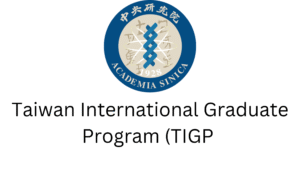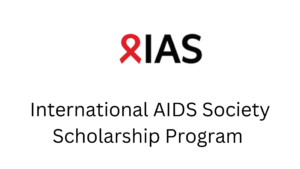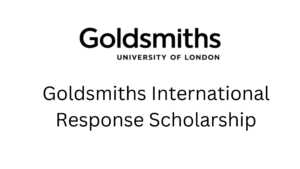
Table of Contents
Applying for scholarships can be a challenging and competitive process, often leaving applicants wondering why they never heard back. Understanding the common pitfalls and improving your approach can significantly enhance your chances of success. Here’s an in-depth look at the major reasons why applicants don’t hear back after applying for these opportunities and how to address them.
1. Incomplete Applications:
One of the primary reasons scholarship applications go unanswered is because they are incomplete. The program committees require specific documents and information to evaluate candidates thoroughly. Missing any required element—such as transcripts, recommendation letters, essays, or financial information—can result in automatic disqualification.
Solution: Create a checklist based on the scholarship’s requirements and double-check that all elements are included before submitting your application. If possible, have a teacher, mentor, or peer review your application for completeness.
2. Not Meeting Eligibility Criteria:
Each scholarship has its own unique set of eligibility criteria, such as academic achievements, field of study, extracurricular involvement, demographic factors, or financial need. Applying for scholarships for which you do not meet the criteria is a common reason for not hearing back.
Solution: Carefully read and understand the eligibility criteria before applying. Ensure that you meet all the requirements, and consider seeking scholarships that align closely with your profile and achievements.
3. High Volume of Applications:
Scholarships often attract a large number of applicants, making it difficult for committees to respond to each one individually. With limited time and resources, many committees only contact short-listed candidates or awardees.
Solution: Apply for a variety of scholarships to increase your chances. Smaller or less well-known scholarships might have fewer applicants, potentially improving your odds.
4. Generic or Poorly Written Applications:
A generic application that lacks personalization or contains errors can easily be overlooked. The committees look for well-written, thoughtful, and tailored applications that clearly articulate why you are the best fit for the program.
Solution: Personalize each application. Tailor your essays and responses to highlight how your experiences, goals, and values align with the program’s mission. Proofread your application to eliminate errors and seek feedback from trusted advisors.
5. Lack of Strong References or Recommendations:
Strong, relevant letters of recommendation are crucial. Weak or non-specific recommendations can detract from your application, as they may not provide the necessary support or insight into your qualifications and character.
Solution: Choose recommenders who know you well and can speak to your strengths and suitability for the scholarship. Provide them with detailed information about the scholarship and your achievements, and give them plenty of time to write a thoughtful letter.
6. Failure to Follow Instructions:
Scholarship applications often come with detailed instructions on formatting, document submission, and specific questions. Ignoring or overlooking these instructions can lead to disqualification.
Solution: Read the instructions carefully and follow them precisely. Pay attention to details such as word limits, document formats, and submission procedures.
7. Late Submissions:
Missing the submission deadline is a surefire way to ensure your application is not considered. Scholarship committees operate on strict timelines, and late applications are typically not accepted.
Solution: Keep track of application deadlines and plan your time accordingly. Aim to submit your application well before the deadline to account for any unexpected issues.
8. Intense Competition and Limited Slots:
Many scholarships have limited slots and attract numerous highly qualified applicants. Even outstanding candidates might not hear back simply due to the intense competition.
Solution: Don’t be discouraged by rejection. Continue to apply for multiple scholarships and consider broadening your search to include local, community-based, or less competitive opportunities.
9. Technical Issues:
Technical glitches during the submission process can sometimes cause your application to be lost or not processed correctly. This can happen due to internet connectivity issues, website malfunctions, or errors in the submission portal.
Solution: Submit your application early to avoid last-minute technical issues. Save copies of your application materials and confirmation emails as proof of submission. If possible, confirm receipt of your application with the opportunity provider.
10. Lack of Follow-Up:
Some scholarships require additional steps after the initial submission, such as interviews, additional documents, or further verification. Failing to follow up on these requirements can result in your application being disregarded.
Solution: Stay organized and keep track of any follow-up requirements. Set reminders for deadlines and ensure you respond promptly to any requests from the selection committee.
Conclusion
Navigating the scholarship application process can be complex, but understanding these common pitfalls can help you avoid them and improve your chances of success. By paying close attention to details, meeting all requirements, and submitting high-quality, personalized applications, you can increase your likelihood of standing out in a competitive field. Keep applying, stay persistent, and use each experience as a learning opportunity to enhance your future applications.
For more information, read this article by EduAdvisor.
See also:
Emerging Global Leader Scholarship 2025 At American University
The University Of East Anglia Scholarships for Nigerian Students












